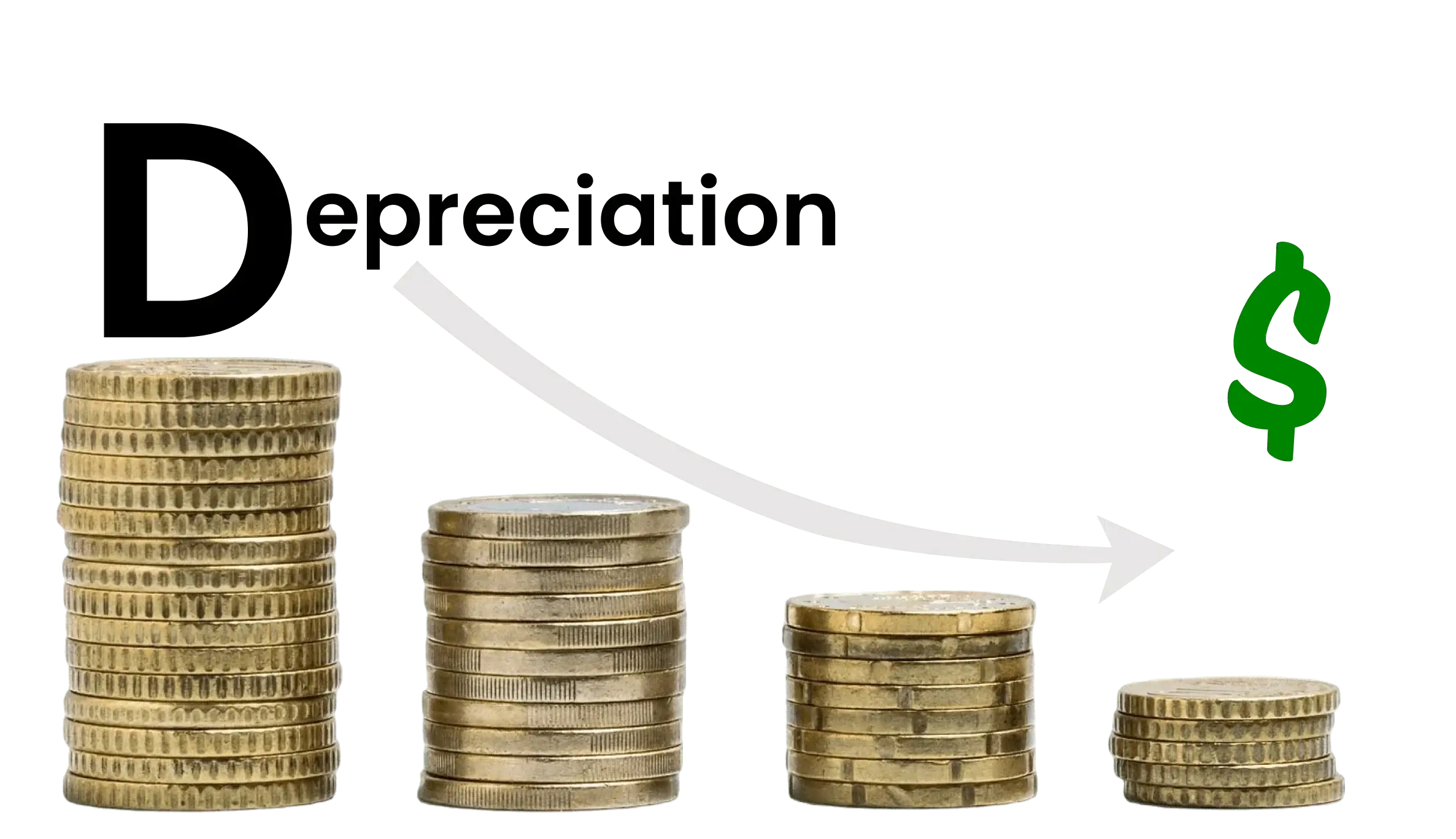To estimate total depreciation, a depreciation calculator considers variables such as asset cost, purchase date, salvage value (estimated value of an asset at the end of its useful life), and depreciation year.
Depreciation can be calculated using the straight-line approach, the falling balance method, or the sum of the year's digits.
Here's how you can calculate depreciation for your assets.
The depreciation rate will be presented shortly


There are numerous techniques for dispersing depreciation across the asset's useful life. The total value of depreciation for any asset will remain the same regardless of the method of depreciation used; only the timing of depreciation will change. Keep in mind that accelerated depreciation procedures (such as reducing the balance or adding up the years' digits) may artificially reduce profit in the short term, followed by higher profits later on, distorting reported cash flows.
The two main ways of calculating depreciation are :
Many factors, such as asset kind, legal requirements, and current business conditions, influence the method of depreciation chosen.
Not all assets are purchased conveniently at the start of the accounting year, which might complicate depreciation calculations. Depreciation on assets that start during a fiscal year may be treated differently depending on the accounting standards. One method is known as partial year depreciation, in which depreciation is calculated immediately when assets enter service.
Salvage value (also known as residual or trash value) in depreciation is the expected price of an item at the end of its useful life. If an asset's salvage value is known (for example, how much it may be sold for components at the end of its life), the cost of the asset can be reduced to calculate the total amount that can be depreciated. Assets with no salvage value will have a total depreciation equal to their cost.
Depreciation can be estimated using a variety of approaches. Includes Straight Line Depreciation method:
Using depreciation in yearly accounting records confirms that the correct profit values are shown on the income statement and balance sheet. It is critical to enter the depreciation amounts correctly. Therefore have your company's accountant handle the calculations. You can use InvoiceTemple business accounting software to automate depreciation calculations.


The Benefits of using a depreciation calculator include
Start using our Depreciation Calculator quickly to see the difference in financial clarity and efficiency. Use InvoiceTemple to manage the finances of your company.